Some people need a leg up on the competition in Dungeons & Dragons 5E, and the Warlock is the master of doing so. Using an Otherworldly Patron, Warlocks can generate a massive amount of damage, utility, or even healing that any party can make use of.
However, some patrons give more power than others, so we’re here to rank them so you serve the right lord.
Warlock Otherworldly Patrons are unlocked immediately at level one. They give around ten different spell options for the Warlock to learn at level one, and give abilities at level one, six, 10, and 14. These abilities follow no traditional formula.
The best Warlock subclasses in 5E
Including the Undead Patron from Van Richten’s Guide to Ravenloft, there are nine official Warlock patrons. There are no inherit restrictions to any of these patrons, but you should still ask your DM before selecting one for your particular Warlock build.
9) Undying
And the reward for most ironic name goes to…
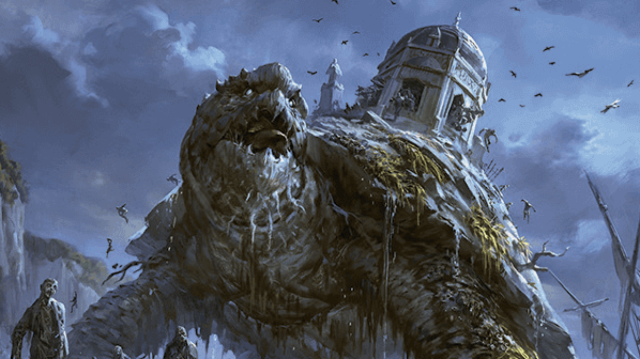
- Role: Magical support
- Notable Features: Defy Death, Undying Nature
The Undying Warlock gets their power from an undead or immortal being. Unfortunately, undead and immortal beings seem to not want to give their Warlock servants much power.
They have a fine expanded spell list, but suffer majorly from their feature list. Their strongest feature is at level six, where they can once per day pick themselves off of the ground when they succeed at a death saving throw. That’s it.
At level one, you get a Sanctuary that only works against undead. At level 10, you are inhumanly durable, which means you just don’t need to eat or sleep or breathe. At level 14, you get another tiny heal once per day.
This is an incredibly unimpactful archetype which basically just heals you twice per day. It’s not even that good at being anti-undead, either. Stay far away.
8) Archfey
Dance through the Feywild, puppet. Your Patron demands it.
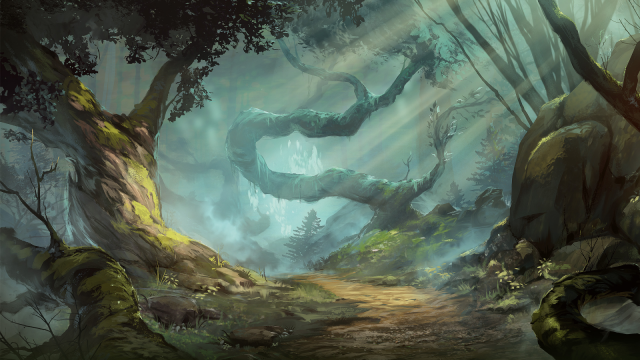
- Role: Combat control
- Notable Features: Fey Presence, Misty Escape
The Archfey provides very minor combat support for the Warlock. To start, when people get too close, you can mess with them. That only happens once per short rest, and has a pitiful range, but does allow you to charm or frighten multiple people every short rest. Not a bad move, though the range makes it hard to use while doing anything but spamming Pact of the Blade.
Your sixth level ability, Misty Escape, lets you cast Misty Step as a reaction to taking damage. And you become invisible. Not bad for getting out of dodge. Eventually, you get immunity to charm and can reflect attempts to charm you. This isn’t as good, since it is so specific of a defense. Why not immunity to charm and frighten?
Level 14 lets you charm or frighten a single creature for a minute, which takes your concentration. Warlock is the class that needs concentration the most, so this isn’t that useful. At least it’s a fun type of charm or frighten, where they’re stuck in an illusion.
Fun abilities, a good spell list, but the subclass restricted by only having a really strong sixth level feature.
7) Undead
Your patron has seen death and come back stronger. Pray you don’t follow the same path.
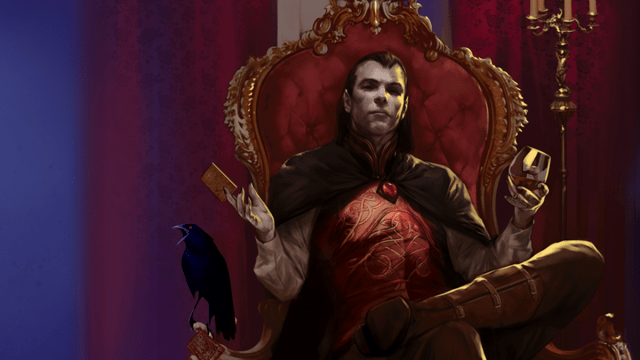
- Role: Magical control, magical damage
- Notable Features: Form of Death, Grave Touched
Now this is an effective version of Undying. This Warlock, which gets power from the undead, follows a once-per-day gimmick called Form of Dread, where you gain some temporary HP and can frighten creatures you hit. The limits on this ability are rough, being tied to your Proficiency Bonus and never getting additional ways of recovery. But it’s a strong stance that only takes a bonus action.
At level six, you get Grave Touched. This lets you ignore human pleasures like eating, drinking, or breathing, and also lets you deal necrotic damage with attacks. Usually, this isn’t that good, but Form of Dread lets you roll an extra dice with it. 2d10 on an Eldritch Blast isn’t that bad, even if Necrotic damage is much worse than Force.
Your other two abilities are neat but experience the same late-game burnout as many archetypes. You eventually gain resistance to necrotic damage and get the ability to stave off unconsciousness, though that anti-knock out is locked to once per 1d4 days instead of once per day. Don’t want to step on the Long Death Monk’s toes. You eventually get to project a spirit that lets you tank a bit better and fly through objects, though it only lasts for an hour per day and eats concentration. So, not great.
This archetype does okay damage, has a really cool—if a bit low power—spell list, and gets good survivability. Hope you were taking notes, Undying.
6) Celestial
We’re a far cry from the Divine Soul sorcerer, let me tell you.
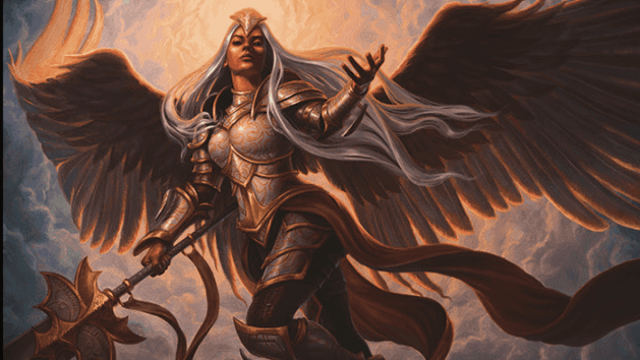
- Role: Magical damage, magical support
- Notable Features: Healing Light, Celestial Resilience
Making a pact with an angel isn’t the worst idea in the world, but it doesn’t feel great. Your Expanded Spell list includes some okay Cleric spells, like Guiding Bolt, Lesser Restoration, Revivify, and Wall of Fire. But, your features are attempting to turn Warlock—one of the highest damage single-target casters—into a support.
To begin, you get a pool of healing that you can expend to heal allies. This pool is okay, since a d6 is more than enough to pick an ally off the floor, but doesn’t scale with Charisma or anything. You also don’t get access to Mass Healing Word or similar spells, making your emergency healing a bit unreliable.
At level six, you deal more damage when you deal radiant or fire damage, which would be great if the Warlock spell list had solid options for radiant or fire. You’re largely limited to your expanded spell list. Wall of Fire isn’t a bad option, but it’s not the only thing you want to cast every fight.
Celestial Resilience is legitimately strong, as it emulates Inspiring Leader, one of our favorite feats. But it can’t make this class feel like it’s tearing away the Warlock’s great damage and combat control for an itty bitty amount of support. Just make sure there’s another caster able to heal in the party and this archetype has slightly more stable legs.
5) Great Old One
As ancient as the Player’s Handbook, the Great Old One comes to play.
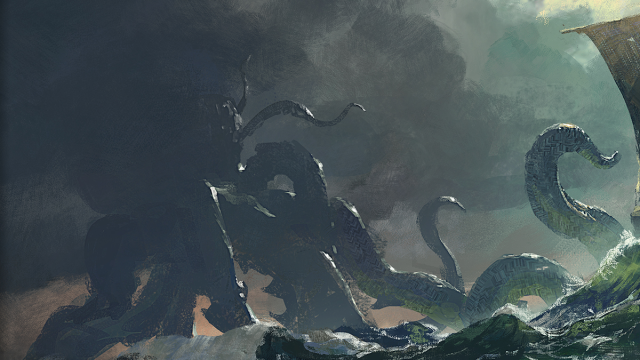
- Role: Magical utility
- Notable Features: Awakened Mind, Create Thrall
The Great Old One is the general name for several unfathomable beings, typically great entities like Ghaunadar and Cthulhu. This archetype has many low-power and niche abilities, like the Archfey: a dodge on an attack roll which gives a future attack advantage, resistance to psychic damage, and slightly easier access to dominate human. These later-game abilities can apply to specific scenarios, but offer little strength in fight-to-fight situations.
That’s because the Great Old One has a strength that no other Warlock can boast: information. There is no better Warlock at gathering info than the Great Old One. Through the use of its Expanded Spell list—Detect Thoughts and Clairvoyance—as well as Awakened Mind, this Warlock gets to know a lot about a situation before it goes in.
This is a far cry from how it works in BG3, since there’s very few information spells in that game. This Warlock is over-reliant on Eldritch Blast spam with no real additional damage. But, your party will be ready for any fight as long as they short rest.
4) Fathomless
From the depths rise your party’s next mascot.
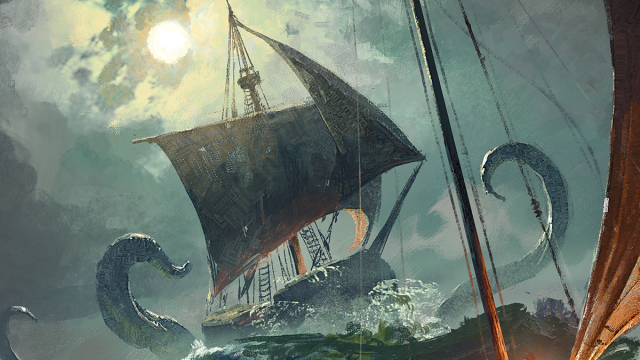
- Role: Magical damage, magical control
- Notable Features: Tentacle of the Deeps, Guardian Coil, Grasping Tentacles
The Fathomless Warlock has made a pact with a creature from the deeps, and has received some power as a result. The main feature of this class is the Tentacle that they can summon as a bonus action. This tentacle, stuck with a proficiency modifier per day limit, provides the Fathomless Warlock with extra damage and a slowing effect. Eventually, it improves to block some damage that a creature takes.
While the tentacle is actually very, very strong, you can’t rely on it for every fight. Thankfully, as you level up, you get the ability to cast Evard’s Black Tentacles as a legitimately good concentration spell and can get a surprisingly strong teleport that can be used every short rest.
This isn’t the strongest Warlock. You are overly reliant on a long rest ability and your non-Tentacle abilities tend to be a bit situational. But, if you can use the Tentacle wisely, this can be the strongest archetype in bursts.
3) Genie
Carrying around a lamp all the time must be a little tiring. Maybe it’s just weird.
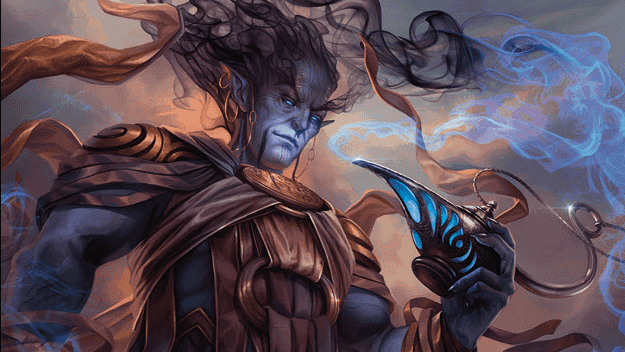
- Role: Magical damage, magical utility
- Notable Features: Genie’s Vessel, Elemental Gift, Sanctuary Vessel
By making a pact with a Genie, you have obtained a small amount of their power. The Genie Warlock is the only one that gets a bonus option for their ninth level Mystic Arcanum. That option is Wish, by far the strongest spell in the game, so it’s definitely worth considering for an endgame build.
However, looking at Wish is ignoring just how solid the rest of the archetype is. It’s one of the few ways that a Warlock can just add damage to their Eldritch Blast that scales with their Proficiency Bonus, and it gives a safe way for the Warlock to rest while traveling.
The really powerful part of this Warlock is its spell access. You get to choose between four genies, and each offer a different build—support, combat control, blasting, and area control. This lets you neatly fill in for many different roles in a party.
This Warlock also gets access to Creation, a great spell, and the extremely rare and neat 10 minute short rest. Seriously, try it out sometime. This archetype is so fun.
2) Hexblade
Finally, I can take Pact of the Blade and not feel everyone’s eyes boring into my character sheet.
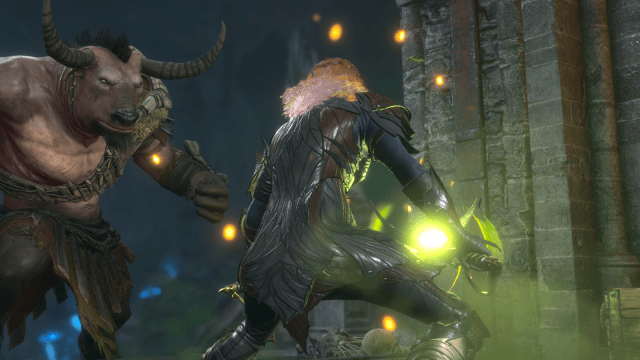
- Role: Melee tank, melee damage, magical damage
- Notable Features: Hex Warrior, Accursed Spector, Armor of Hexes
By making a pact with sentient weapons, the Hexblade Warlock basically completely changes how you play a Warlock. With an aggressive, melee-focused spell list with both defensive and melee attack spells, you’re already encouraged to use Pact of the Blade to beat the crap out of people.
Thankfully, the Hexblade gives you a lot of strong reasons to go to the frontlines. It gives medium armor and shield proficiency, as well as martial weapon access. You get to use Charisma for attack and damage. And you gain access to a special Hex once per rest that deals a ton of damage, improves your critical hit chance, and heals you when they die.
Over time, the Hexblade gains a few bonus features to help them stay alive. They get the ability to resurrect ghosts to your side of the battlefield, give you a coin flip to dodge attacks from your hexed targets, and finally get to spread your special hex around.
This is a strong subclass. Not just because it lets you use Pact of the Blade on a properly tanky archetype, but because it does so while giving you a ton of ways to abuse Eldritch Blast as well. There’s a reason we want it in BG3.
1) Fiend
An oldie but goodie.
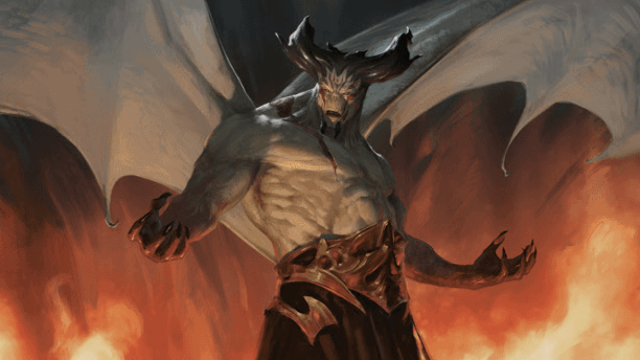
- Role: Magical damage
- Notable Features: Dark One’s Blessing, Fiendish Resilience
The Fiend is a Player’s Handbook subclass, which normally means it’s aggressively mediocre. However, in the Fiend’s case, every single class ability is solid. Your expanded spell list includes some aggressively pushed spells, like Scorching Ray and Fireball. You get temporary hitpoints on each kill, which is perfect for an offensive spellcaster.
As you improve in strength, you get out-of-combat abilities from Dark One’s Own Luck, which gives a pretty spectacular d10 to a saving throw or ability check per long rest. Level 10 gives you resistance in a damage type of your choice, which can help nullify a dangerous fight—like a dragon—through halving elemental damage.
And it’s capstone, Hurl Through Hell, does 10d10 damage and puts a creature out of a fight for a turn without a saving throw. Sure, it’s once per long rest, but making someone skip a turn and doming them for 55 average damage? That’s a capstone worth digging for.
There are few archetypes whose abilities are very strong each level, but the Fiend makes it work.


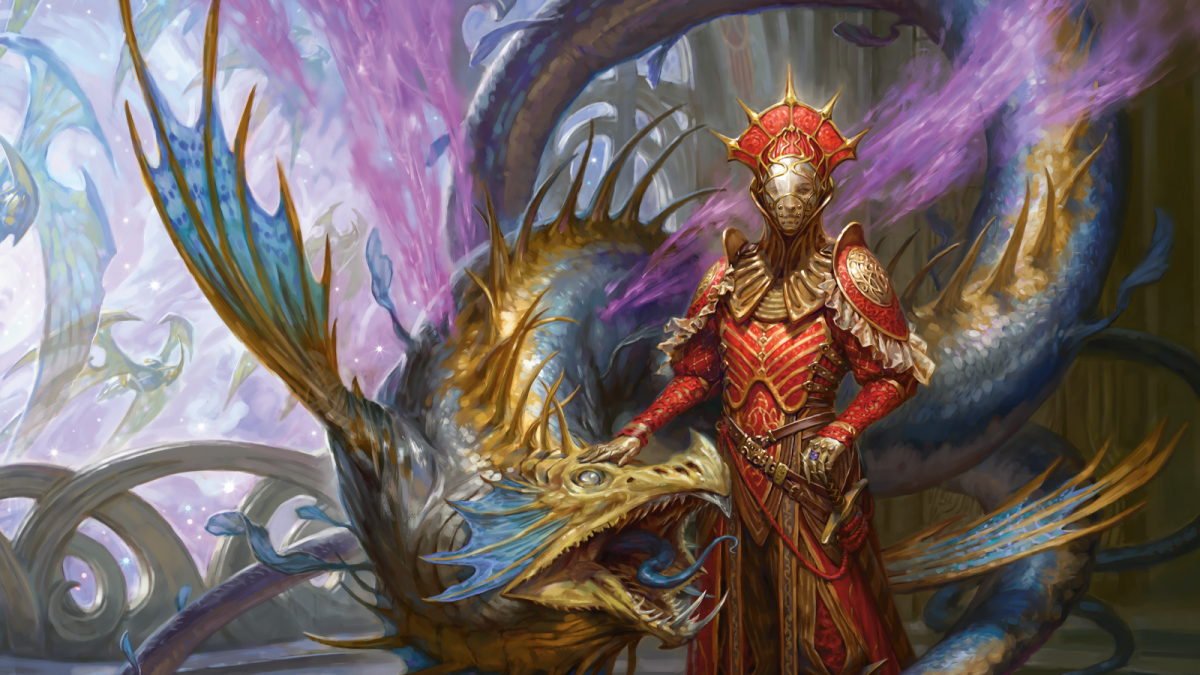

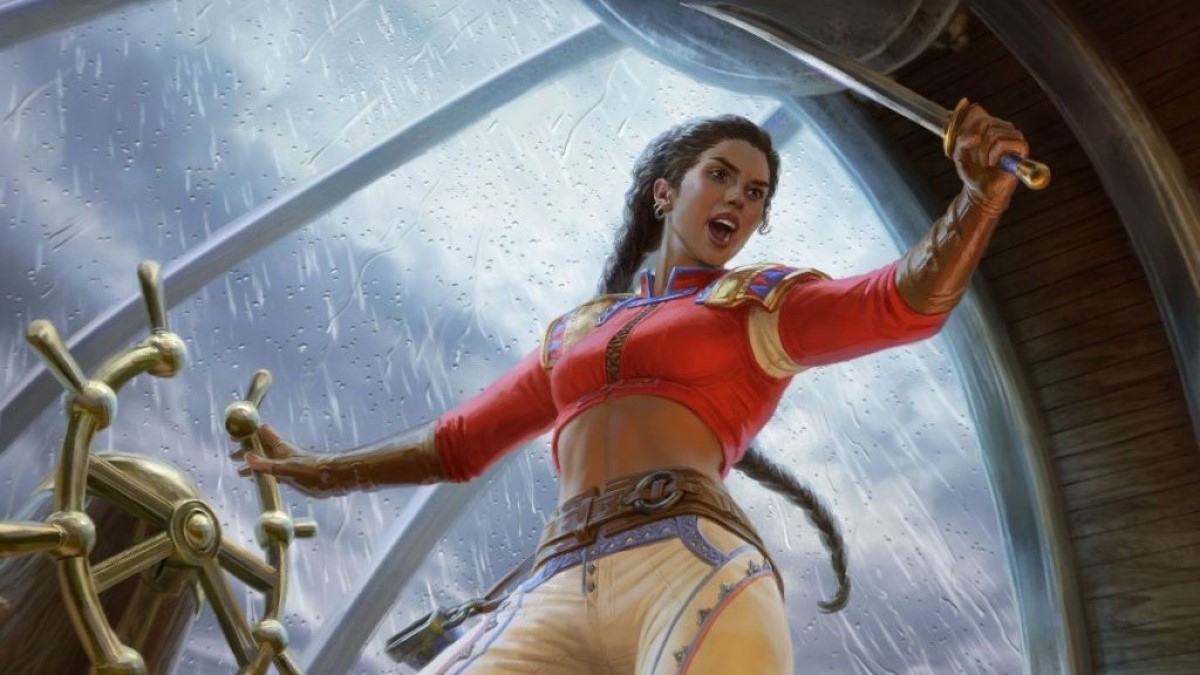
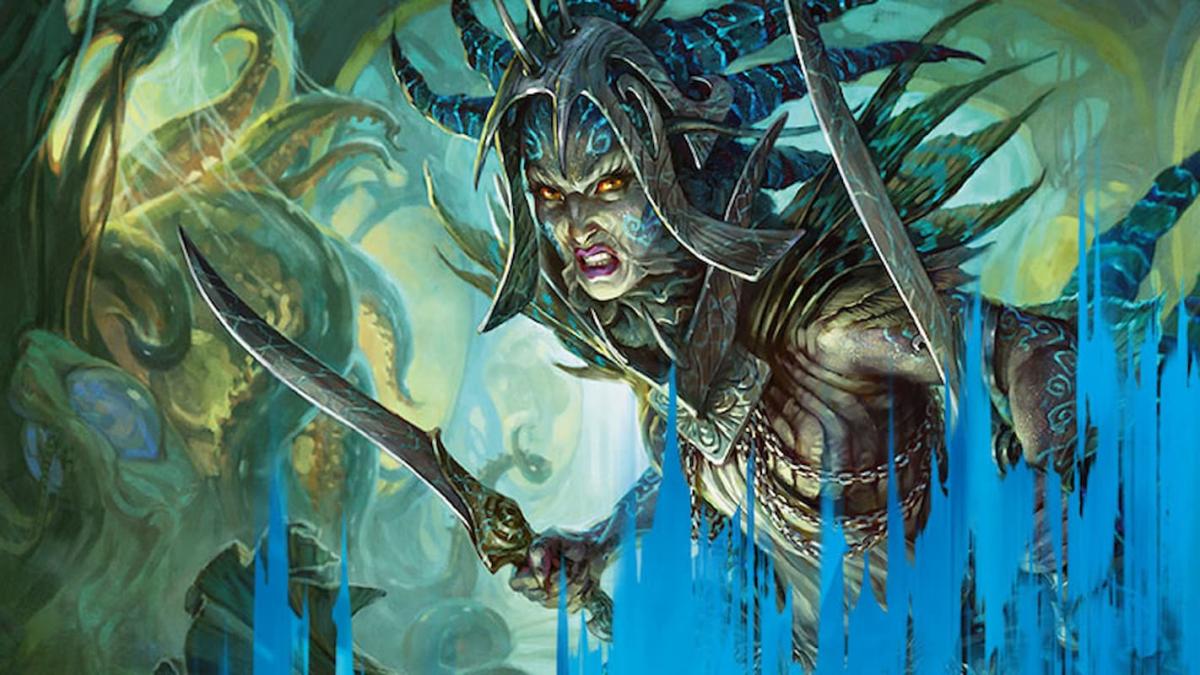
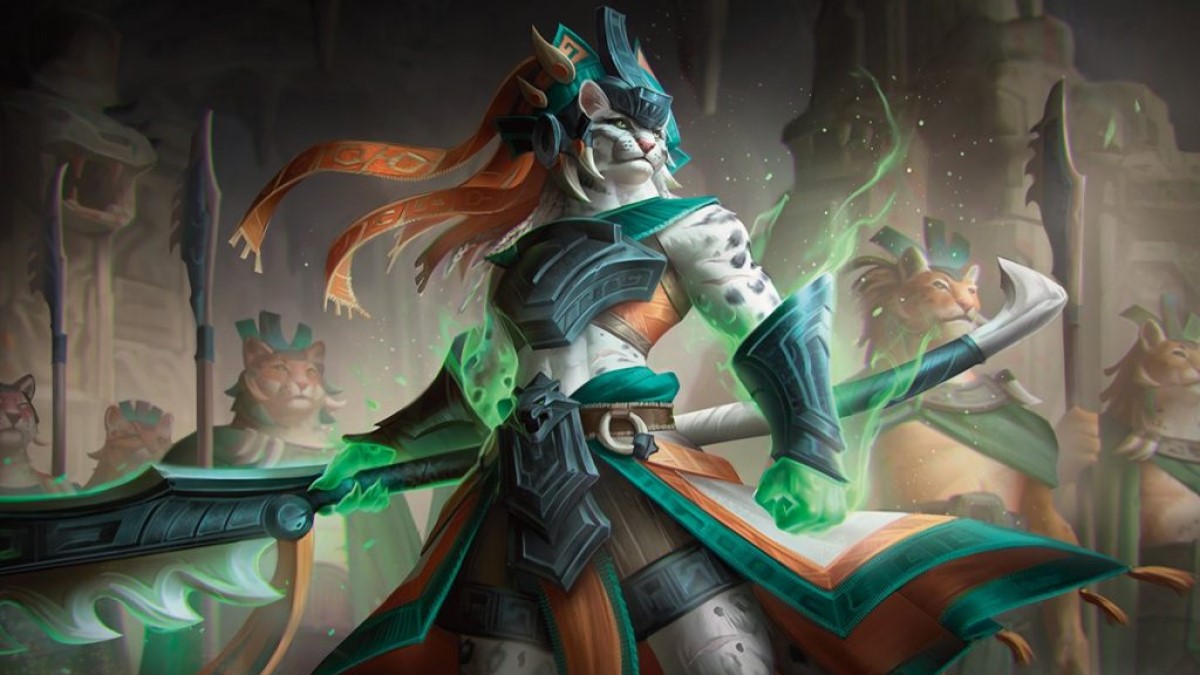
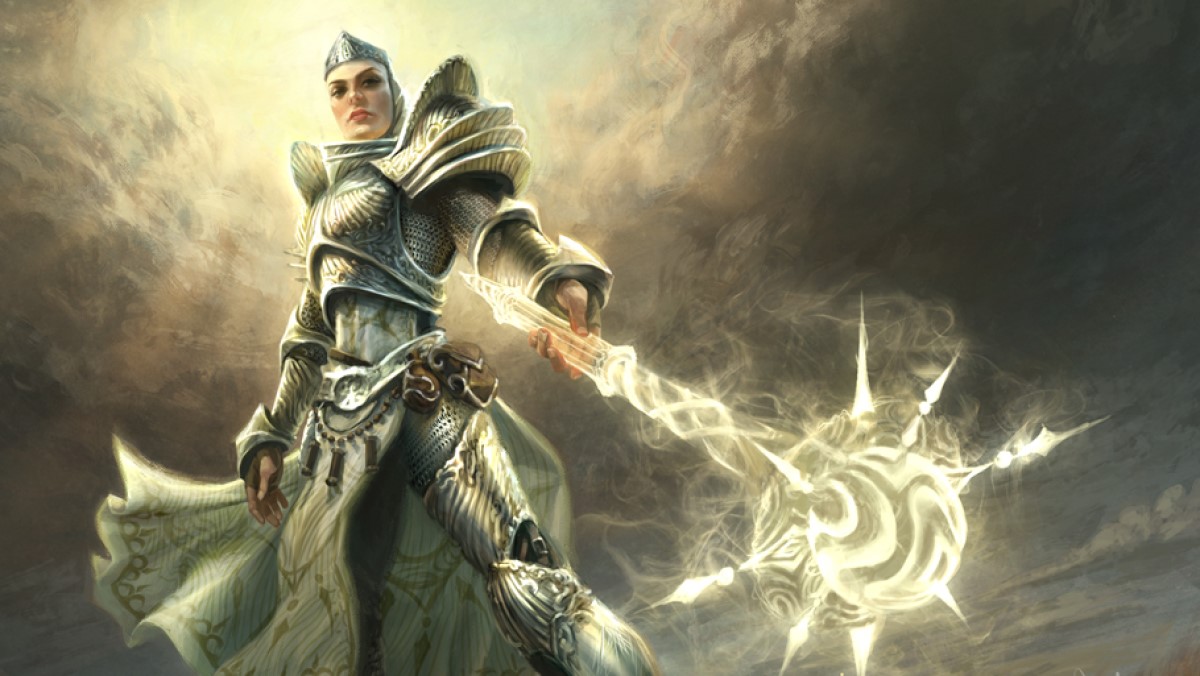

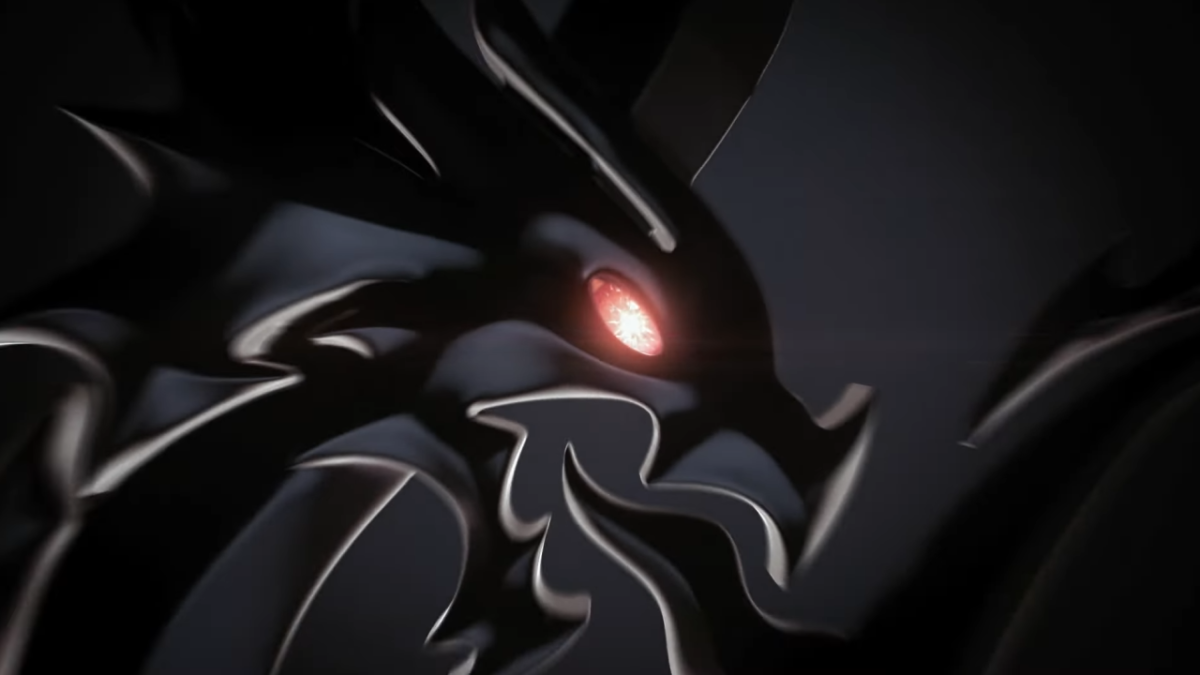

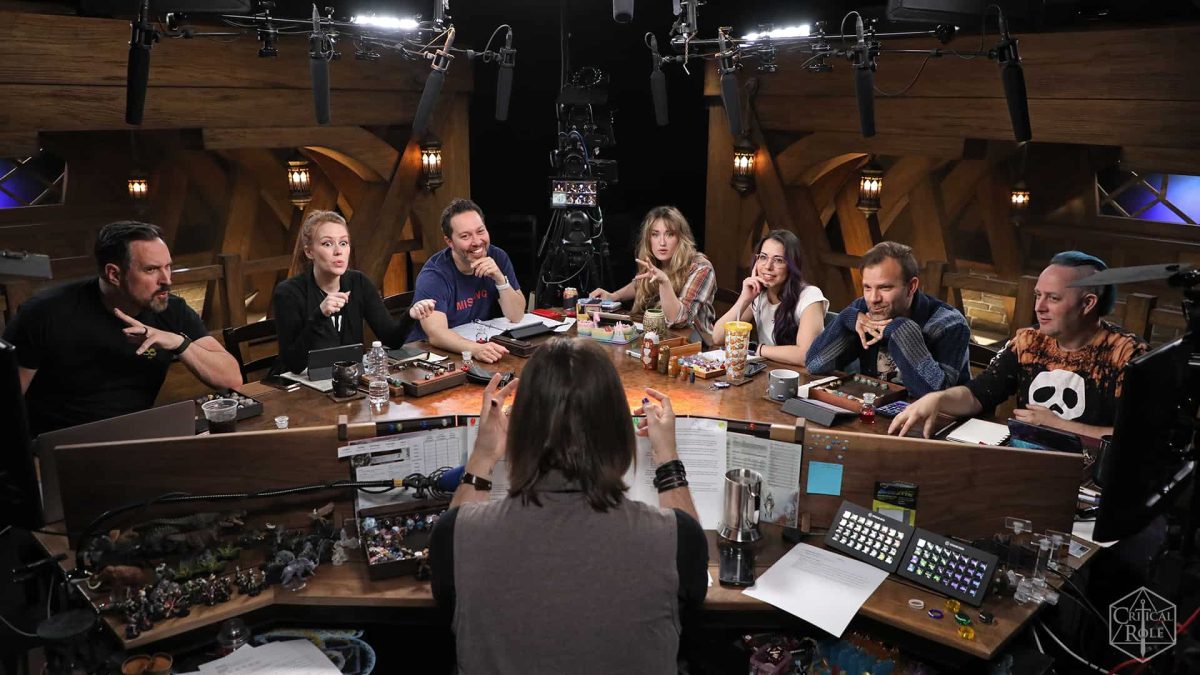
Published: Sep 15, 2023 04:18 pm